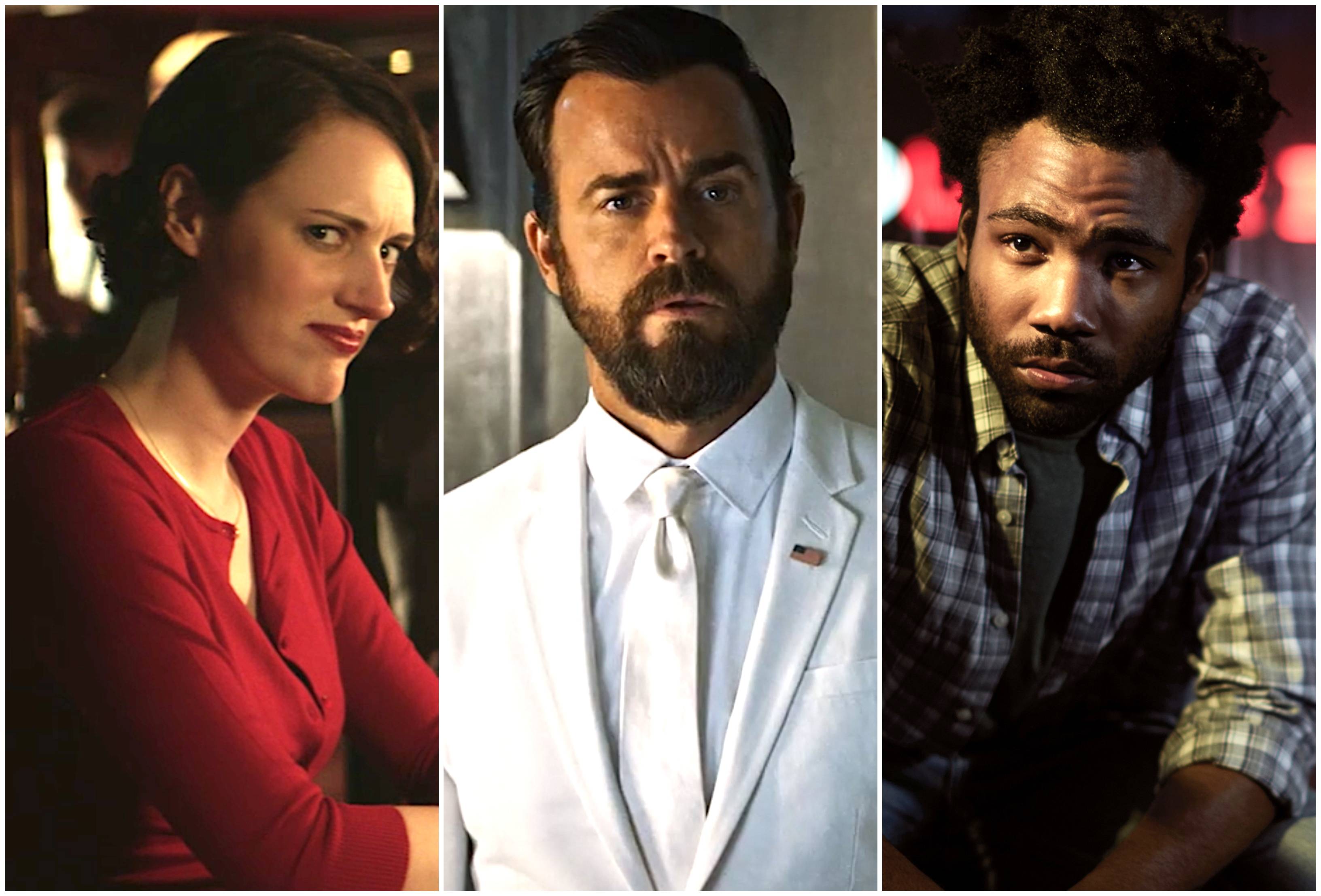
There are several things you need to know about Canadian comedians. This article will discuss the elements of Canadian sketch comedy, the role of actors in character and the importance of improvisation. Here are a few examples from the best Canadian comedy. These examples should help you decide if Canadian comedy is right for you.
Canadian comedy structure
Much Canadian comedy is satirical and political, and many shows make political statements. Others, however, focus on pop culture or society. CODCO, for example, made headlines when the CBC refused to air a sketch, and History Bites, ostensibly about history, frequently mocked current events.
Canadian comedians often tackle racial issues in their material. A common example is the 'Newfie joke'. Also, jokes aimed at French Canadians are available. Humber College in Toronto, and the Ecole nationale de l'humour Montreal can both teach comedy writing. Both cities are home to the Just for Laughs festival, as well as the Just for Laughs museums, which are international museums of comedy.

The actors involved in Canadian comedy
Numerous actors have appeared in many roles over the course of Canadian comedy's history. David Steinberg was one such performer. Born to a Romanian Rabbi, he attended rabbinical school and then studied at the University of Chicago. He was a member the famed Second City Improvisation Troupe after he graduated from university. Many well-known actors were helped by the Second City in the 1950s, 1960s. Steinberg spent nearly two years performing in this group and perfecting his material before he began his own show.
Canadian comedians are well-known worldwide. Some have found success on TV and some have even gone on to Hollywood. In all cases, they have made a lasting impression in Canada and elsewhere.
Canadian comedy has a lot of improvised elements.
Improvised comedy encourages audience participation. It's a great way of sparking conversation on difficult subjects. In Toronto, for example, the Second City is one of the "big leagues" for improvised performers. Rapid Fire Improv of Edmonton is another notable improv group with many distinguished alumni.
The Jest Society, which challenges stereotypes about small-town life by placing families in small towns, is another example in Canada of improvised comedy. The series features Catherine O'Hara's talents and Eugene Levy's SCTV alumni.

Trailer Park Boys and Canadian comedy: The Impact of Trailer Park Boys
Trailer Park Boys has had a huge impact on Canadian comedy. The true story of two boys from a trailer park was the basis for this show that became a global sensation. It is often called "the other side" of COPS. It is also the originator of mockumentary, which was established by The Office years before.
Clattenburg, who was previously employed in Halifax television, filmed the pilot for his own money. The pilot was then filmed by Clattenburg, who flew to Toronto in order to pitch it to TV executives. However, the show wasn’t an easy sell. He had to give up trying to pitch the idea. He then joined forces with Barrie Duncan, a producer and cold-called Showcase.
FAQ
How does TV Advertising function?
Advertising via television is an effective way of reaching consumers. It's also extremely cost-effective. Commercial breaks are the most common form advertising on television. Commercial breaks are typically 30 seconds in length, but can be longer if they feature a special event, such as an award ceremony, sporting match, or election night. Companies often sponsor commercials to promote their products and services. They pay for airtime during these commercials. Some commercials feature product information, others display images and music. In addition to this, many programs now have 'product placement' where brands appear within the program itself. It could involve a brand appearing on a scene that shows how their product could work or giving background information about it.
Does TV affect sales?
Because TV allows customers to see the products available, it can affect sales.
Consumers compare prices before buying a product. Consumers often compare prices before buying a product.
How TV ads are measured
Advertising agencies measure the effectiveness by measuring how many people see an advertisement. They also gauge whether their ads have reached their target markets.
Surveys that ask viewers if the ad was seen are used by them to do this. They are able to tell if the viewer was exposed by answering yes.
If they refuse to answer, they will know they weren’t exposed. This shows how effective the advertisement was in reaching its target audience.
Are TV commercials targeted to target?
To target an ad, it is essential to find out what people are viewing at the same time.
This means that if you want your message to reach people who watch football on Sunday afternoons then advertise during football games. If you want to reach people who watch movies on Friday nights, advertise during movie times.
If you want to reach people when they're eating dinner, then advertise during prime-time shows.
It is important to know what people do when they view your ads. That means having access to data about what programs they're watching.
New technologies such as streaming video and DVRs are making data more accessible.
Don't forget to consider that everyone has their own preferences. It's impossible for anyone to predict the next program they will watch.
That's why it's important to test different types of ads. You'll find out what works best based on real-world feedback.
What are the main styles of commercials available?
The three main types of commercials are TV Commercials, Radio Commercials, and Print Ads.
TV commercials usually last for 30 seconds. They are used often to promote brand awareness.
Radio Commercials are longer (usually 1 minute), and they're usually used for product advertising.
Print ads are usually only 2-3 minutes long, and they're often targeted at specific audiences.
Are advertisers willing to spend large sums of money on television?
Advertisers spend a lot to promote their products on television. Advertisers spend a lot of money to get consumers to buy their product.
This is done by investing money in research to discover what people love and don't like about their products.
These information are used by advertisers to design advertisements that will appeal to consumers.
Statistics
- In fact, when the ad first launched, Dos Equis quickly became one of the fastest-growing beers, increasing its sales by over 22%. (qualitylogoproducts.com)
- In fact, 76% of people completely skip the commercials while watching their programs. (qualitylogoproducts.com)
- Video-ad views on OTT (over-the-top) devices grew 63% year over year in Q3 2016, and the trend is expected to continue, further crippling traditional TV advertising. (clearcode.cc)
- Television is a great brand awareness tool - Almost every American has a television, with 83 percent of adults having two or more, and American households keep their televisions on for 8.1 hours each day on average. (marketingevolution.com)
- This includes 97 percent of Gen X, and 95 percent of Millennials. (marketingevolution.com)
External Links
How To
How do I create my TV Commercial?
You must first identify the audience you wish to reach. Are you trying to attract customers new or old? Or are you targeting existing clients? Your video should be entertaining, informative, and fun if you are trying to attract new clients. However, your video must be focused more on selling your product/service if your goal is to attract new customers.
After you have decided who you want to reach, you can start thinking about the message you want. Do you want people to laugh? Seriose? Maybe you want them to buy something.
Next, choose whether you want voiceover. Voice-overs allow you to communicate your message without having to see yourself. But they can also sound cheesy. You might also consider writing your script if voiceovers are not something you enjoy.
You should also consider what camera angle you would like to use. There are many angles to choose from, including close-up, medium, and long shots.
You now have the knowledge to create your first TV commercial!